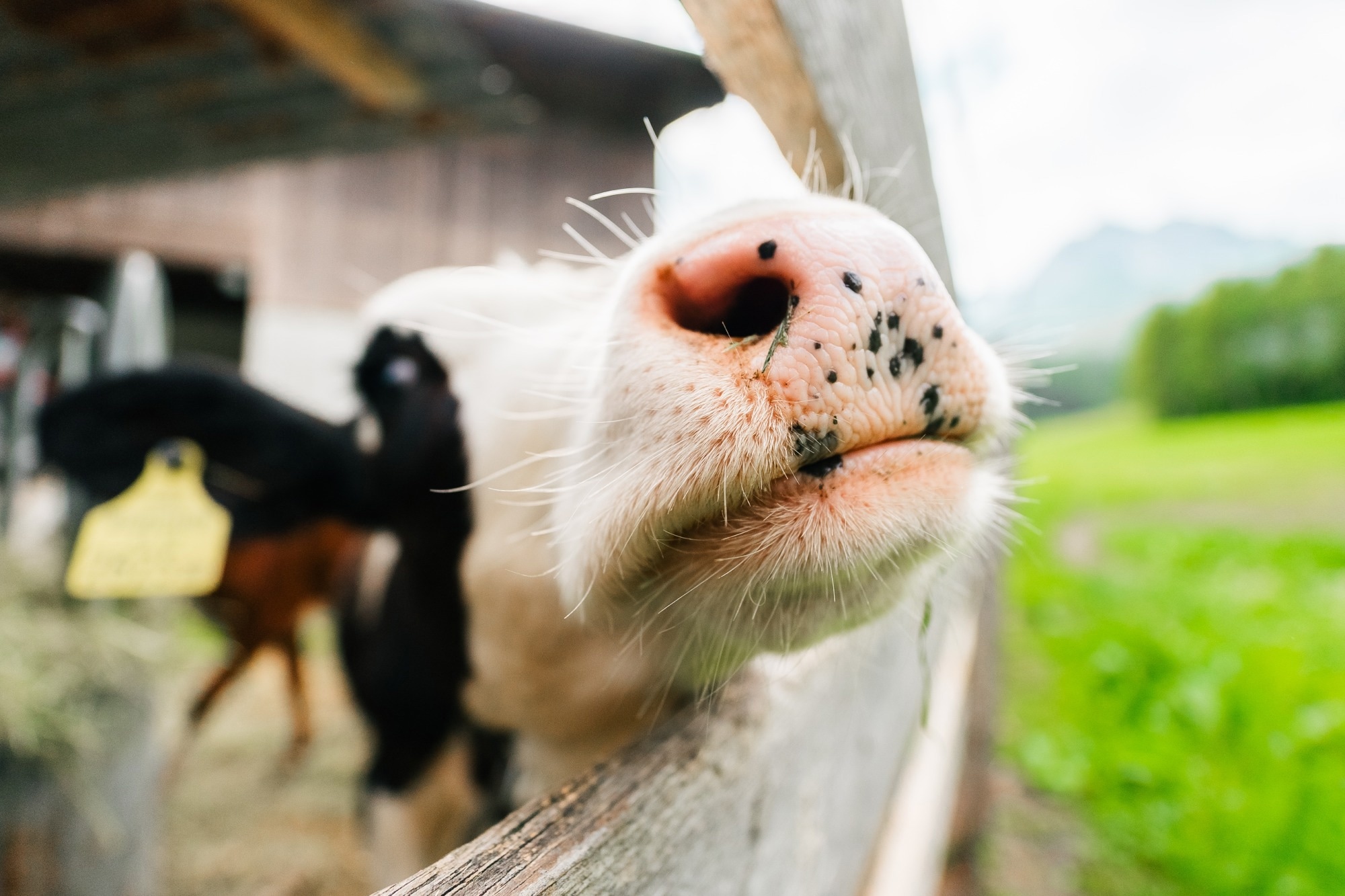By combining artificial intelligence with infrared imaging, scientists can now monitor calves’ body temperature more reliably and without touching them, ushering in a new era of stress-free health checks in veterinary practice.
 Research: AI-enhanced infrared thermography for reliable detection and spatial mapping of temperature patterns in calf eyes and muzzle. Image Credit: Bento Orlando / Shutterstock
Research: AI-enhanced infrared thermography for reliable detection and spatial mapping of temperature patterns in calf eyes and muzzle. Image Credit: Bento Orlando / Shutterstock
Traditional veterinary practices utilize rectal measurements to assess body temperature, but this method is stressful and does not capture continuous changes in body temperature. Fortunately, recent advancements have introduced infrared thermography, which can non-invasively measure body temperatures. However, it is still difficult to continuously monitor temperature changes over time with this method. Moreso, parts of the image data are set manually, which can cause data variations due to the setting positions. These drawbacks prompt the need for significant improvements in infrared thermography methods.
Assistant Professor Sueun Kim's team at Osaka Metropolitan University's Graduate School of Veterinary Science used infrared cameras to obtain temperature data of 11 calves and simultaneously recorded video footage. The team sought to determine whether regions of the eyes and nose had higher temperature outputs and if they exhibited consistent temperature change.
In the experiment, regions of interest (ROI) (the eyes and nose) were automatically pinpointed from the video data by using artificial intelligence segmentation. Approximately 200 temperature change patterns were found, and data analysis showed consistent similarities between patterns based on the top 10% and top 30% values with high body temperatures in both the eyes and nose.
"This research has made it possible to obtain more consistent patterns of changes in cattle body temperature without contact. This enables various statistical analyses and is hoped to be a useful tool for more accurately assessing the health and stress levels of animals in the future," stated Dr. Kim.
The study was published in the journal BMC Veterinary Research.
Source:
Journal reference: